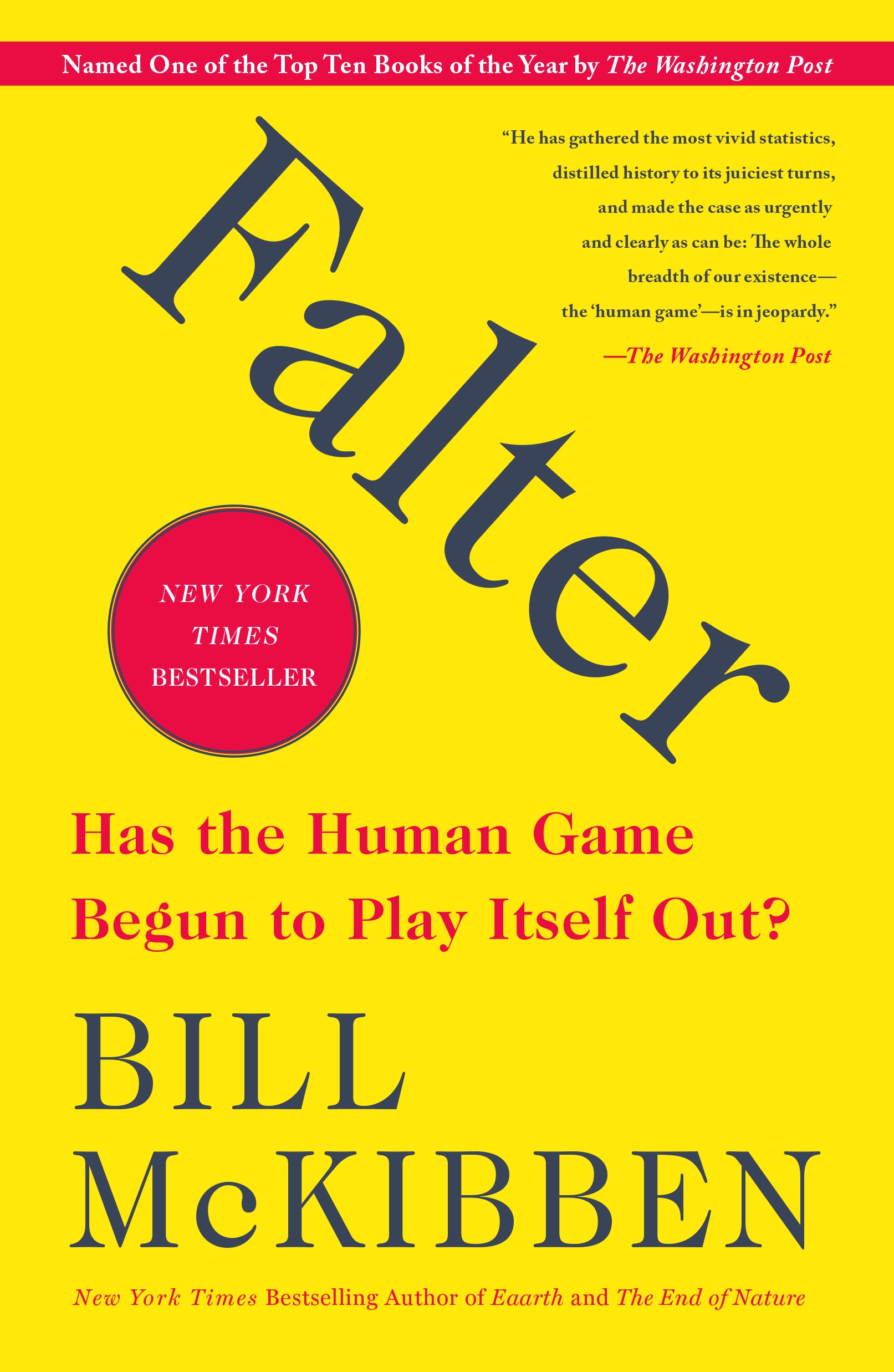Population Control Practices In China, India, And Iran Including One-child Policy, Birth Control, And Infant Mortality
by Patrick Sing
2021-01-13 20:55:19
Population Control Practices In China, India, And Iran Including One-child Policy, Birth Control, And Infant Mortality
by Patrick Sing
2021-01-13 20:55:19
Please note that the content of this book primarily consists of articles available from Wikipedia or other free sources online. Human population control is the practice of artificially altering the rate of growth of a human population. Worldwide, t...
Read more
Please note that the content of this book primarily consists of articles available from Wikipedia or other free sources online.
Human population control is the practice of artificially altering the rate of growth of a human population. Worldwide, the population control movement was active throughout the 1960s and 1970s, driving many reproductive health and family planning programs. In the 1980s, tension grew between population control advocates and women's health activists who advanced women's reproductive rights as part of a human rights-based approach. But population control continues to be increasingly featured in many environmental documentaries and films. This book studies population control policies in China, India, and Iran including total fertility rate, compulsory sterilization, population momentum, and abortion in Iran.
Project Webster represents a new publishing paradigm, allowing disparate content sources to be curated into cohesive, relevant, and informative books. To date, this content has been curated from Wikipedia articles and images under Creative Commons licensing, although as Project Webster continues to increase in scope and dimension, more licensed and public domain content is being added. We believe books such as this represent a new and exciting lexicon in the sharing of human knowledge.
Less






























